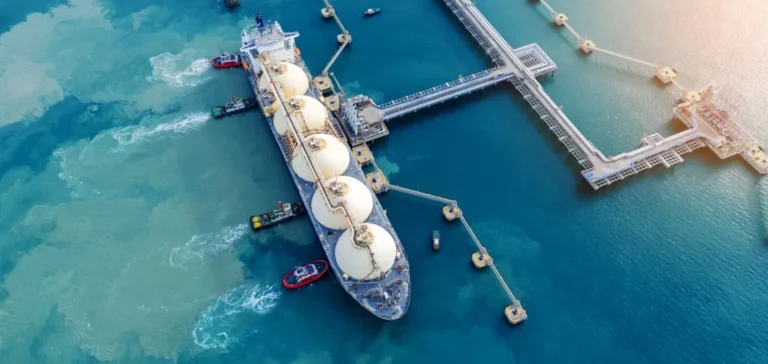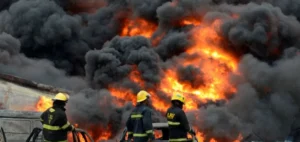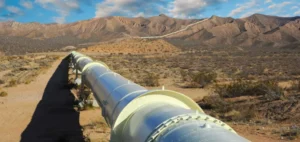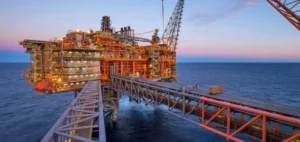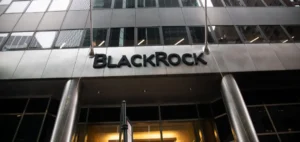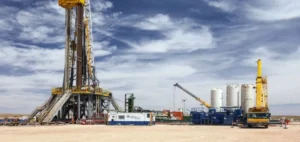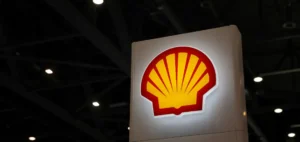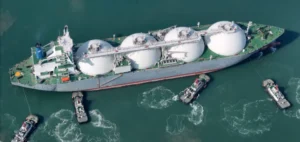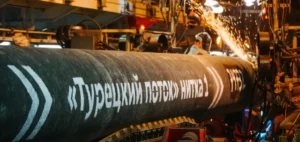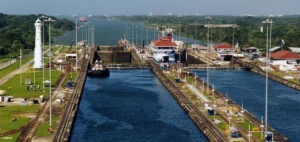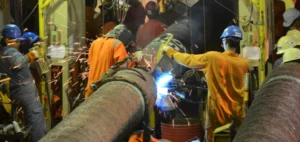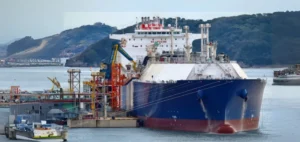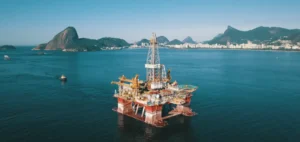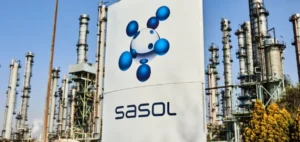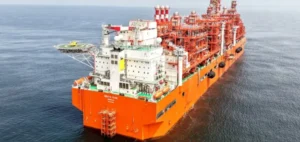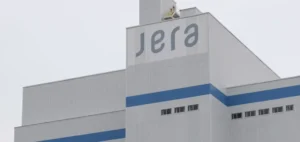U.S. federal authorities have taken decisive steps for two strategic liquefied natural gas (LNG) projects on the Gulf Coast. The Federal Energy Regulatory Commission (FERC) confirmed authorization for the Rio Grande LNG project developed by NextDecade, while the Department of Energy (DOE) granted Commonwealth LNG a license to export to non-free trade agreement countries, valid through 2050. These approvals provide a full regulatory framework as the developers approach critical deadlines for their Final Investment Decisions (FIDs).
Rio Grande LNG: validated expansion and tight timeline
Rio Grande LNG, located in Brownsville, Texas, already has a first phase of 17.5 million tons per year under construction. The project aims for a total capacity of about 27 million tons per year with two additional trains. Bechtel, in charge of engineering and construction, has set a price validity deadline of September 15, 2025, placing NextDecade under time pressure for its FID. The project will be supplied by the Rio Bravo pipeline, operated by Enbridge, designed to transport up to 4.5 billion cubic feet per day from Agua Dulce.
On the commercial side, Train 4 is fully covered with 4.6 million tons per year of contracts split between Abu Dhabi National Oil Company (ADNOC), Saudi Aramco, and TotalEnergies. Train 5 has begun commercialization with a firm 2.0 million tons per year agreement signed with JERA Co., Inc. These long-term commitments, together with equity contributions, strengthen the bankability of the expansion.
Commonwealth LNG: DOE authorization and strategic contracts
Commonwealth LNG, based in Louisiana, has secured its final DOE export authorization to non-free trade agreement countries. The project targets 9.5 million tons per year of capacity with six modular SnapLNG trains designed by Technip Energies. First LNG delivery is expected in 2029, subject to an investment decision in 2025.
The company has secured about 4 million tons per year in long-term agreements: 1 million with JERA, 1 million with Petroliam Nasional Berhad (PETRONAS), and 2 million with Glencore International AG. Glencore has also entered into a gas supply agreement with Kimmeridge’s upstream unit based on international netback pricing, aligning feedstock costs with export sales. The developer has also requested approval for preliminary site work to accelerate execution after FID.
Market context and U.S. FID wave
These advances come as several U.S. projects have already reached final investment decisions this year, including Venture Global’s CP2 LNG Phase 1 (14.4 million tons per year), Cheniere’s Corpus Christi expansion (5 million tons per year), and Woodside’s Louisiana LNG project (16.5 million tons per year). These milestones highlight the trajectory of the United States toward a new large-scale liquefaction wave.
Spot reference prices remain favorable: around $10.7 per million British thermal units (MMBtu) at the Title Transfer Facility (TTF) in Europe and about $11.2/MMBtu for the Japan Korea Marker (JKM) in Asia at the end of August. These levels support the economics of U.S. LNG exports and create a favorable environment for commercial and financial closures of ongoing projects.


